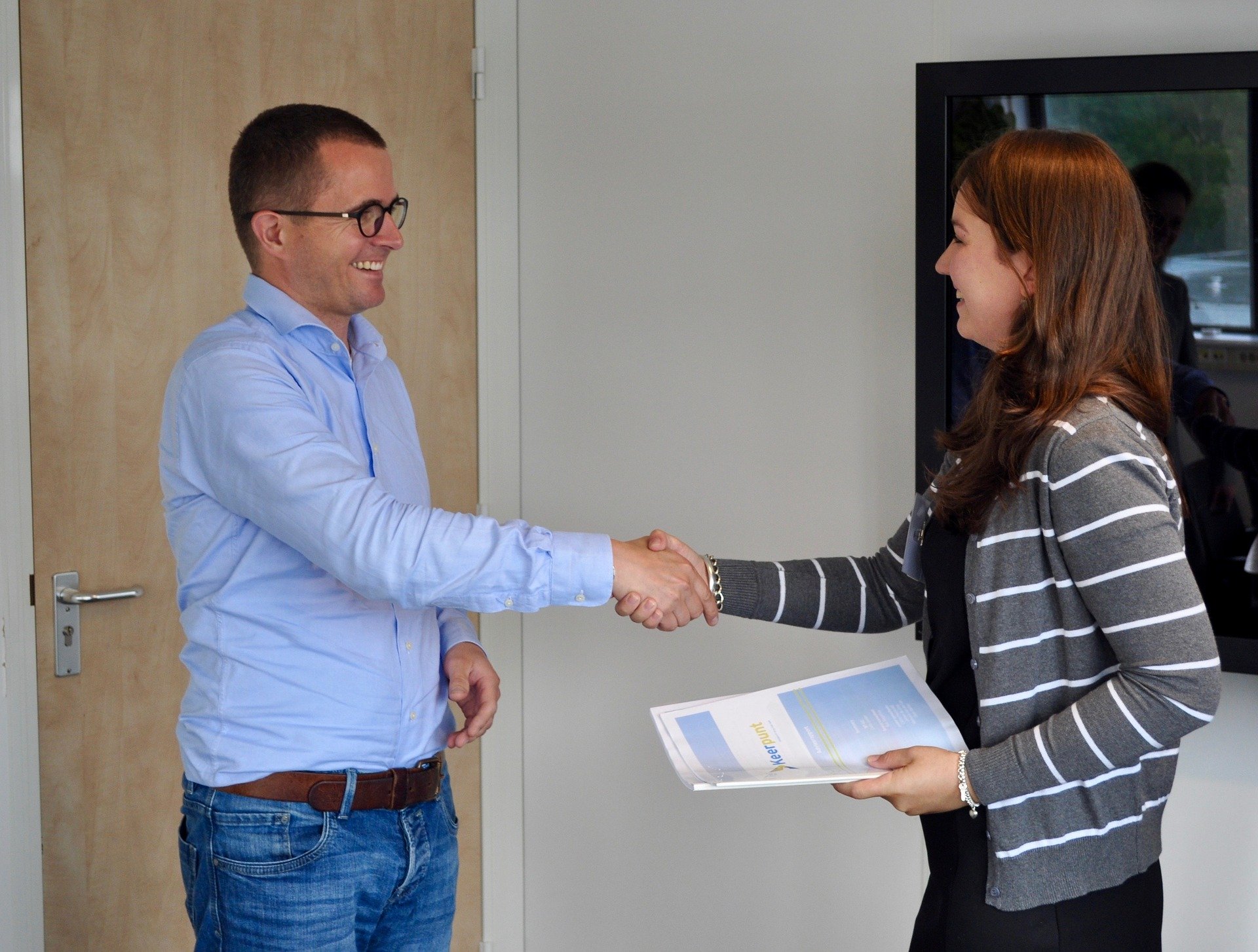


Prof. Itilekha Dash
Convener – Centre for Management Development & Consultancy
Assistant Professor of Organisational Behaviour & Human Resources (View Full Profile)



CoVID-19, the most unforeseen and unprecedented pandemic, has not only changed the life style of every individual but it has also impacted tectonically, the structure of the workplace across geographies.
The outbreak in the beginning started as a health care issue but soon it morphed into a people’s issue in organizations worldwide. The exponential growth of the pandemic has paralysed the functioning of most of the organizations to a large extent.
Industrial sectors like airlines, hotel, entertainment, restaurants, etc. have come to an abrupt and complete halt without any clear-cut revival plan. Many other industries are gasping for breath. But, the real challenge before everybody is to figure out the extent of severity and how long it would engulf the future. Starting from governments, bureaucrats, industrialists, economists to the common man, everyone is grappling with health (both mental and physical), financial, structural and people-related issues. To top it all, the issue of basic sustainability with limited and depleting resources is causing breakdown of both individuals and organizations alike. Hence, employment and related workplace issues is at the root of stress being felt by everyone across age and gender barriers.

At work place, the single most thing that was once certain has become the most uncertain. Speculation is now the new vocabulary. Neither the mode of work nor the workplace would remain the same as before.
Once the most enriching channel of communication, i.e. face to face, is no longer being felt the preferred one. Amidst the uncertainties, assessing the impact and planning for it would be a real-time challenge before all. The time has now come when the HR has to shift the focus to a new level of strategic and scenario planning.

The single most agenda of HR has become to preserve the skill-sets of the people in the organisation yet, ensuring viability of business and keeping the loss of employment of masses at bay. The other challenge is to ensure that people at workplace stay safe and assured with minimal disruption of productivity.
The degree of complexity of HR tasks are now dependent on the type of organisation. Broadly divided, the three types of organisations which pose different level of complexity for HR are those offering essential services; the second category are the manufacturing or processing type industries where active physical input are a must, and the third category of organizations where the level of IT penetration is quite high.

Another dimension that comes into the play is–time scale–short-term up to six months and long-term having time scale exceeding six months to years. For all these variants, the HR solutions range from psychological, arranging daily workers, technological support, infrastructure facility and/or telecommunication need, physical safety, performance measurement, training and learning. Let us examine each of them one by one.
Certain organisations by virtue of their nature are able to spring back immediately. Road/rail infrastructure, metal-processing industries, petroleum refinery and FMCG backed by distribution channels fall in this type. The time span may be short term or slightly longer, depending on the acceptance of normalcy by the public at large, post COVID. By some observers, industries largely deploying menial workforce would also bounce back sooner than expected.
While moving towards post-COVID normalcy, ensuring physical safety aka social distancing at workplace would remain a key challenge for HR. This difficulty is because of the requirement of a different physical arrangement of work space, migrating from open work place to enclosed work space, touch-free door opening, to meeting room arrangements, batch-wise fractional strength, employee entry and exit, etc. Most organisations, typically mid-to-small-size organisations may not be in a position to invest in these kinds of new physical arrangements.

If, at any time, only 30 % or less of employee strength is to be present, then productivity suffers. And at many places, resorting to shift-wise operation from a general shift, may not be viable. All this comes with additional financial burden for companies already reeling under productivity loss.
If employees are not ready mentally, or not in a position to invest in tools that facilitate telecommuting or maybe it’s a case where the work place requirements are such that this kind of remote working is not feasible, then it is a major bottleneck in ensuring the same level of productivity. As such, our homes and family size are not equipped to offer a dedicated place for Work From Home (WFH) to happen smoothly.
Even if the COVID crisis becomes manageable with a viable solution in the near future, then also, to allay the fear of virus transmission from the minds of employees or public in general, is a major task. Because of this many industries particularly travel, tourism and entertainment, are going to take the biggest hit. The biggest casualty is loss of revenue and with this reduced scale of operation, maintaining the work force at previous strength is not possible at all.

This issue throws few other challenges of Talent Management–namely performance measurement, selective forced leave (furlough), online training, compensation and career planning. Having many employees at various levels, working full time from home for the first time, without collaboration with working teams and face-to-face interaction, assigning responsibility and getting the work done, is the hardest part that organizations will face with growing intensity. The ensuing battle between people and resources is here to stay.
Overcoming the psychological barrier of the need for frequent reviews and work-before-me syndrome is hard to overcome!
The Performance Management System for few industries needs to be reworked.
Employees are under immense stress because of the lockdown stretching for months on end. The physical and mental stress has only added to the list of uncertainties–ranging from whose job is at risk, to chances of catching corona virus at work place, to becoming a carrier and spreading it to one’s own family—these fears have engulfed people’s mind, the world over. The HR has to resort to consistent counselling and realistically sharing the problems and possible solutions with all the employees.
If the organisation can afford to hold back Leave Without Pay (LWP) or forced resignations, can it prepare the employees with online training for some other skills? And for how long? Should it pay generous VRS scheme? These are some of the major challenges that organizations would be besieged with. Unfortunately, there are no straight-jacketed or simplistic answers for this.

To help the industries cope with the loss of business, many are offering either reduced pay packets uniformly or, graded pay cuts across levels. Some are freezing recruitments for few months, to even more than two years. Some are not offering any bonus or incentive for the time being.
These are some temporary solutions organisations could possibly adopt to cope with the crushing financial burden. Working out the realistic mix-match solution is the HR’s responsibility.
#HR #Covid19 #HRChallenges #Job #Recruiters











